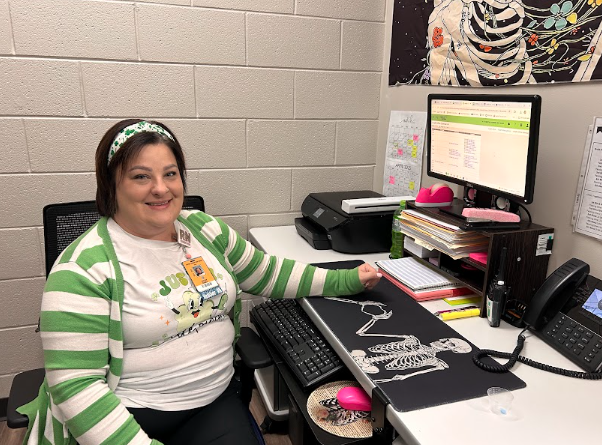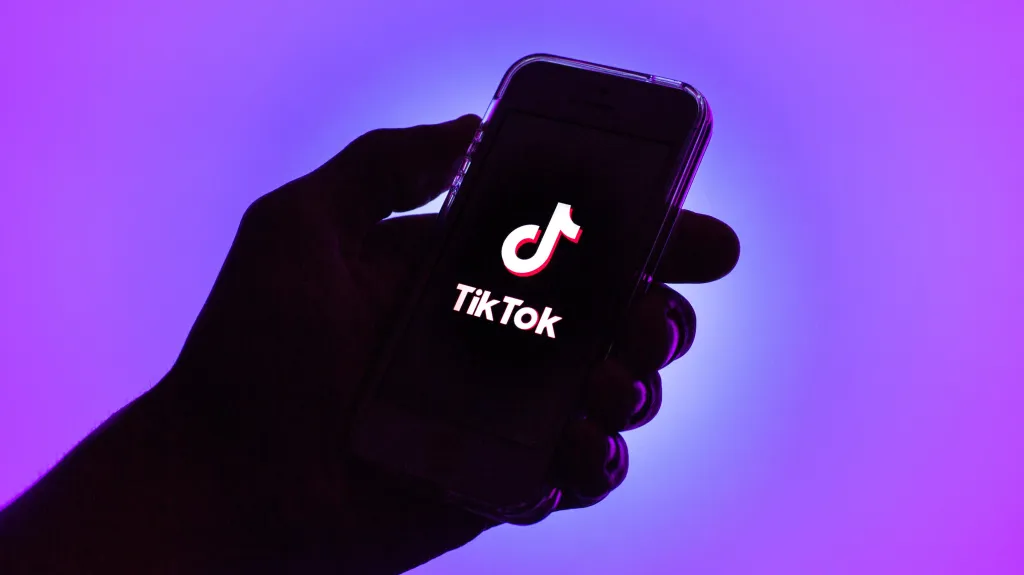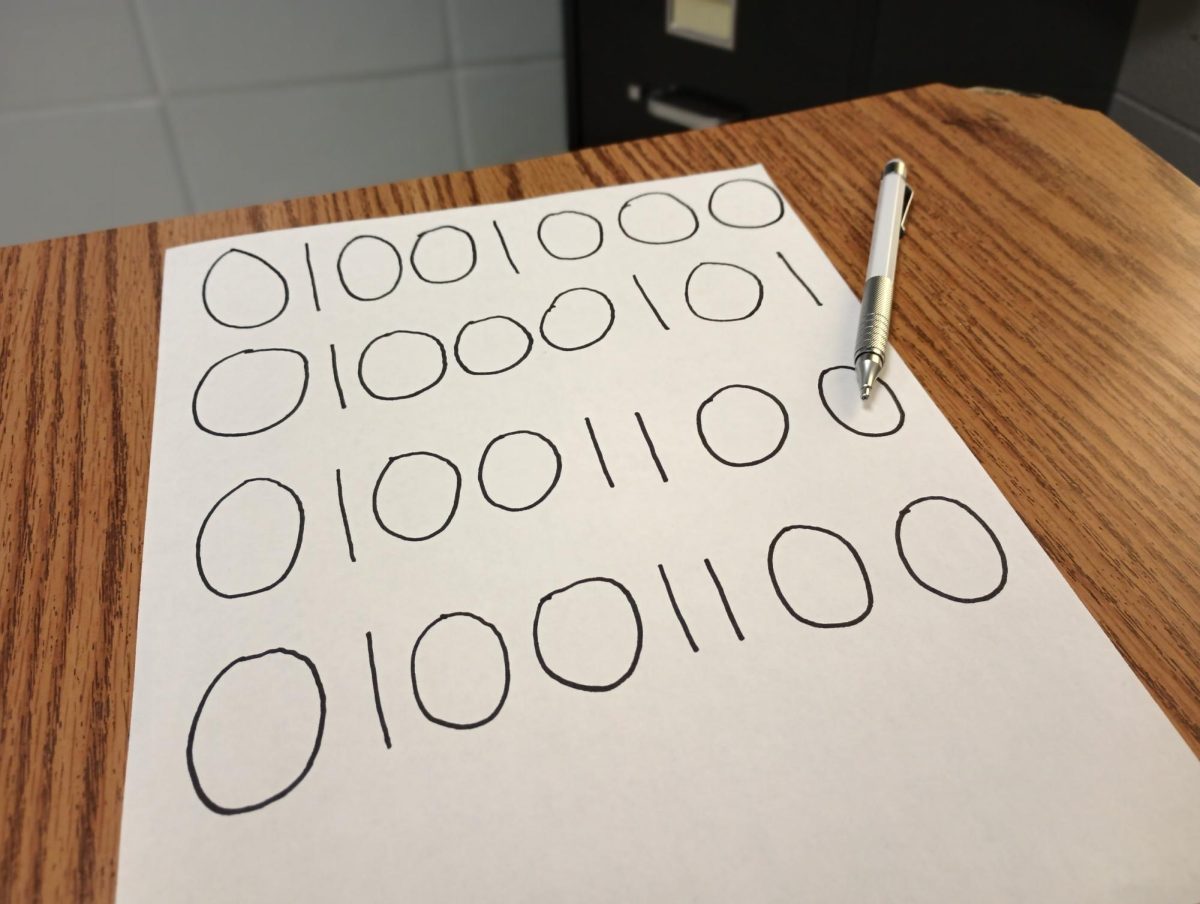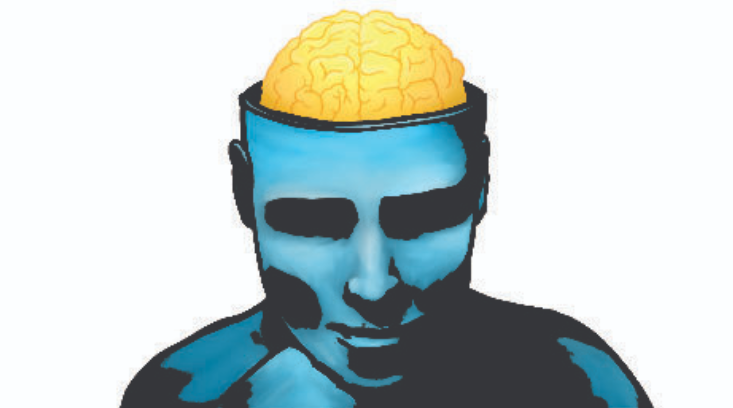In October, English teachers shared their thoughts on artificial intelligence and academic integrity and plagiarism were one of the biggest issues with the use of AI in English, but what about mathematics teachers?
AI has a variety of implementations that can help us to advance our knowledge and understanding of the subject inside and outside of school. From solving complex problems to calculating statistics on a whim, AI is primarily beneficial to math as a whole.
The only major problem, however, is people using AI services like PhotoMath and Mathway in order to cheat in their math class and not actually learn the content themselves.
Cheating using these softwares isn’t a new development as PhotoMath was released nearly a decade ago in 2014 and MathWay was released before any of the current students at Central were even born in 2002.
“Is there good that comes of that? Being able to check your work and being able to check those sorts of things? Yes, but there’s a bigger question of, are you being honest and are people using them [AI softwares] in a dishonest manner?” AP Stats teacher April York said.
Banning these AI-powered softwares, however, won’t do much of anything. Students will always find an alternative, and there are many. So I believe, like ChatGPT, AI tools like these should be promoted to students as tools.
“Photomath has been around for a while so I’m more experienced with that one,” said Samantha Dougherty, an AP Calculus teacher at Central Hardin High School. “Especially in the higher level math classes it encourages kids to check their answers and that’s always fine, just don’t rely on it to do the work for you.”
PhotoMath and Mathway are both excellent ways to proof your work and make sure you are doing your work correctly without the need of asking a teacher, and teachers are bound to make mistakes.
Both of these softwares can also be used to solve a difficult problem that a student is stuck on and they can also explain the steps they need to take in order to get the correct answer.
AI can also be used to efficiently create real-life concepts that mirror what students are learning in class while teachers can focus more on making math a more enjoyable subject to learn.
“We’re very obsessed with the computational part of it [math] and that’s a way we’re very different from the rest of the world,” York said. “Years ago I had a foreign exchange student whose father was a college math professor and she was amazed by how much we focused on the high school level about the computation side of things’ for example, they would never solve quadratic equations that couldn’t factor that you needed a computer or calculator to solve. That was something that was only needed in the pursuit of some sort of higher level scientific education.”
AI generative programs aren’t something that should be censored or blocked for students to access, but rather taught to use ethically and to further our understanding of the world around us and prepare students for life outside of high school.
Our job is to prepare students for the 21st century and information literacy,” York said. “We need to teach students how to use AI ethically.”
Artificial intelligence isn’t a new discovery and it certainly is not a technology that we should fear accepting in our daily lives including education. Raising a new generation to learn how to utilize AI to the best of their ability will be crucial for them to find solutions to a world full of problems. Whether that starts in our education system will be a decision left up to our administration.















